Monthly Archives: January 2025
SOURCE: AFI
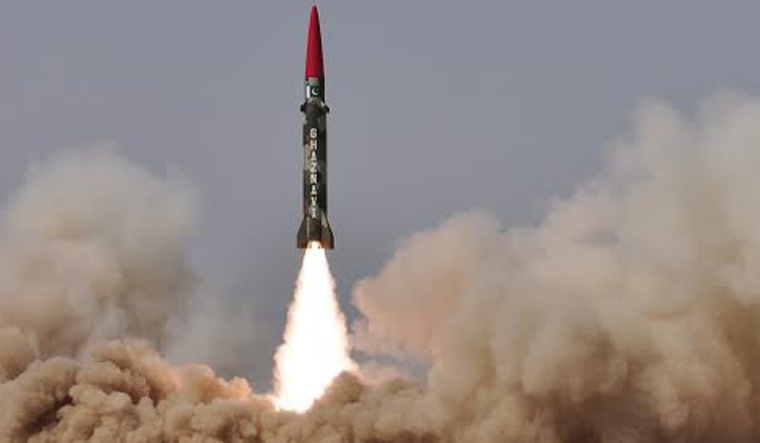

Pakistan’s long-standing practice of naming its ballistic missiles after historical Afghan invaders, intended as a taunt to India, has backfired amidst a new geopolitical spat with Afghanistan. The controversy was sparked by Pakistan’s Defence Minister, Khawaja Muhammad Asif, who in an unexpected turn of events, referred to Mahmud of Ghazni as “merely a plunderer” during a televised interview. This remark has sent shockwaves through Pakistan, where Ghazni is often lionized in educational curricula for his 1026 raid on the Somnath temple in India.
Mahmud of Ghazni, along with other figures like Ahmad Shah Abdali and Muhammad Ghori, have been celebrated in Pakistan for their roles in historical conflicts with Indian forces. Abdali is remembered for his victory in the third battle of Panipat against the Marathas, an event marked by significant bloodshed, while Ghori is noted for his defeat of the Indian king Prithviraj Chauhan. These names — Ghaznavi, Abdali, and Ghauri — adorn Pakistan’s arsenal of missiles, including the Ghaznavi (Hatf-III), Abdali-I (Hatf-II), and Ghauri (Hatf-V), respectively, symbolizing not just military might but also a cultural and historical assertion over India.
Continue readingSOURCE: RAUNAK KUNDE / NEWS BEAT / IDRW.ORG
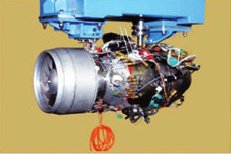

The Gas Turbine Research Establishment (GTRE), a key arm of India’s Defence Research and Development Organisation (DRDO), has embarked on an innovative project to modify the Small Turbo Fan Engine (STFE) for air-launch applications. This initiative marks a significant stride towards enhancing the versatility and strategic capabilities of India’s indigenous propulsion systems.
The STFE, also known as the Manik engine, has been developed primarily for powering subsonic cruise missiles and unmanned aerial vehicles (UAVs). With a thrust rating of around 4.5 kN, this engine has proven its reliability in various tests, including successful flight demonstrations. However, the new challenge at hand involves adapting this engine for air-launch scenarios, which require unique modifications in terms of fuel management, thrust control, and operational resilience under differing atmospheric conditions.
Continue readingSOURCE: RAUNAK KUNDE / NEWS BEAT / IDRW.ORG

The Indian Navy, in its pursuit of enhancing underwater capabilities through the ambitious Project-75I, is currently grappling with significant hurdles concerning the Air Independent Propulsion (AIP) systems of the submarines on offer. The project, aimed at acquiring six advanced diesel-electric submarines, has seen proposals from two major international players: Spain’s Navantia and Germany’s ThyssenKrupp Marine Systems (TKMS). However, the latest developments indicate a level of dissatisfaction from the Navy with the AIP trials conducted by both contenders.
Navantia, which partnered with Larsen & Toubro, presented its AIP solution based on a land-based prototype. This demonstration, although showcasing technological prowess, did not meet the Indian Navy’s requirement for sea-proven AIP technology. The Navy’s insistence on operational trials under actual submarine conditions underscores the critical importance of reliability and performance in real-world scenarios, where land-based tests do not fully replicate the complexities involved.
Continue readingSOURCE: RAUNAK KUNDE / NEWS BEAT / IDRW.ORG


India’s Ballistic Missile Defence (BMD) program has entered a pivotal phase with the successful testing of the AD-1 Interceptor missile under Phase II. This development not only marks a significant enhancement in India’s missile defence capabilities but also introduces a new dimension: limited anti-hypersonic interception capabilities. While Phase III is poised to introduce specialized anti-hypersonic interceptors, the current capabilities of the AD-1 offer a glimpse into India’s strategic foresight in countering emerging threats.
The AD-1 is a long-range interceptor capable of neutralizing ballistic missiles with a range of up to 5,000 km. Key features include a Dual-Stage Rocket Motor, Active Radar Seeker, and Capability Against Glide Vehicles.
Continue readingSOURCE: AFI


The Ministry of Defence (MoD) of India is set to conclude one of the largest indigenous defense deals by the end of the current financial year, March 2025. The deal involves procuring 156 Prachand Light Combat Helicopters (LCH) from Hindustan Aeronautics Limited (HAL), with a total value estimated at ?53,000 crore (approximately $6 billion).
Out of the 156 helicopters, 90 are designated for the Indian Army, while the remaining 66 will strengthen the Indian Air Force’s (IAF) fleet. These helicopters are known for their ability to land and take off at an altitude of 5,000 meters (16,400 feet), making them ideal for operations in some of the world’s most challenging terrains. The Prachand LCH is equipped with an array of modern weaponry, including air-to-air and air-to-ground missiles, enhancing its combat effectiveness.
Continue readingSOURCE: AFI


Chief of Army Staff General Upendra Dwivedi has announced that the Indian Army has already conducted over 300 trials of the innovative Mounted Gun System (MGS), tailored for the dynamic needs of modern warfare. The MGS, featuring a 155mm/52 caliber system, has been adapted from the Armament Research and Development Establishment (ARDE)’s Advanced Towed Artillery Gun System (ATAGS) and mounted on an 8×8 high mobility vehicle for enhanced battlefield mobility.
General Dwivedi highlighted that the trials will continue through the year with plans to conclude by early 2026. “We have seen promising results from the trials conducted so far,” he stated, “but our commitment to ensuring the system’s readiness for combat necessitates further rigorous testing in diverse operational scenarios.”
Continue readingSOURCE: AFI


The Indian Army has recently completed the field evaluation of the Nag Missile Carrier version-2 (NAMICA-2), marking a significant milestone in its indigenous defense capabilities. With the successful trials conducted at the Pokhran Field Range, the entire weapon system of the Nag MkII Anti-Tank Guided Missiles (ATGMs) is now ready for induction into the Indian military arsenal.
The Nag Missile Carrier version-2, an upgrade from its predecessor, introduces several enhancements aimed at bolstering India’s anti-armor warfare capabilities. One of the key features of the NAMICA-2 is its redesigned launcher, which can now accommodate six Nag MkII ATGMs. This upgrade not only increases the firepower but also optimizes the system for battlefield efficiency.
Continue readingSOURCE: AFI
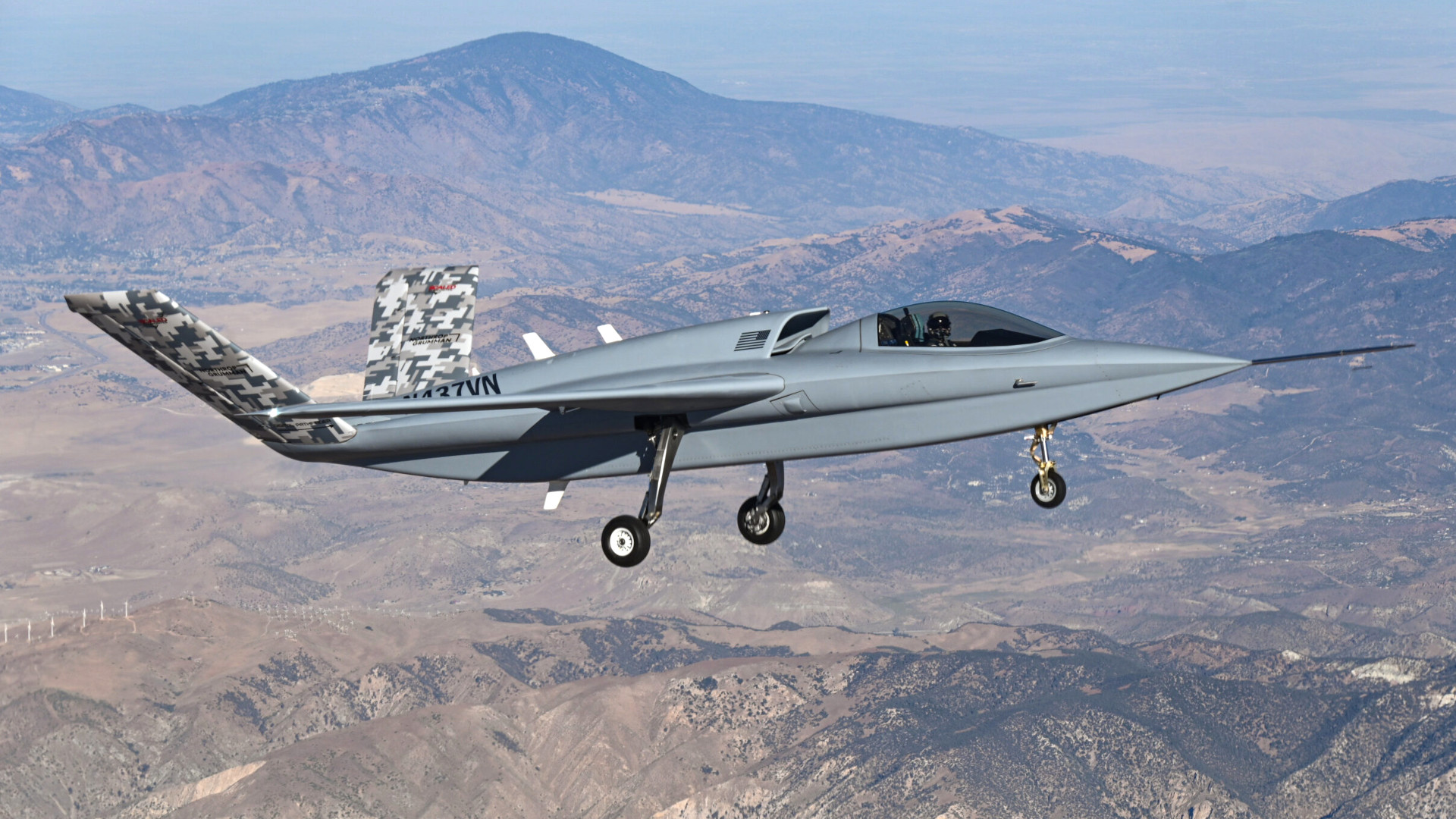

The defense industry has seen a surge in innovation with the development of unmanned aerial vehicles (UAVs) and their manned counterparts, designed to leverage technology for tactical advantages. One such project, the Hindustan Aeronautics Limited (HAL) Combat Air Teaming System (CATS) Warrior, sounds promising, especially when juxtaposed with the Northrop Grumman Model 437. However, despite its intriguing design, the manned version of the CATS Warrior presents significant practical limitations when it comes to actual combat scenarios, particularly due to its limited weapons carrying capacity.
The HAL CATS Warrior, as it stands, is designed to carry a maximum of two Smart Anti-Airfield Weapon (SAAW) bombs internally and two Close Combat Missiles (CCM) externally. This capacity, while innovative for its stealth and teaming capabilities, is inherently limited. In modern warfare, where versatility and firepower are critical, this small payload does not justify the risk of human life.
Continue readingSOURCE: IDRW.ORG


In an era where unmanned aerial vehicles (UAVs) and loitering munitions pose increasing threats to both military and civilian infrastructures, Solar Group has announced a significant advancement in defense technology with the successful test firing of guided micro-missiles under its ‘Bhargavastra’ counter-drone system. This development marks a pivotal moment in India’s indigenous defense capabilities, aiming to neutralize these aerial threats effectively and economically.
The ‘Bhargavastra’ counter-drone system’s micro-missiles are entirely indigenously designed and developed by Solar Group. These micro-missiles aim to deliver a cost-effective hard-kill solution for neutralizing enemy unmanned aerial vehicles (UAVs). With affordability as a key feature, the micro-missiles promise to enhance the ability of the armed forces to tackle UAV threats efficiently and economically.
Continue readingSOURCE: AFI


According to a Japanese defense analyst, India’s domestically produced Zorawar light tank exhibits notable design characteristics that set it apart from traditional Main Battle Tanks (MBTs). While the Zorawar is lightweight at 25 tons, its dimensions reflect design priorities that diverge from the compact and low-profile trends observed in modern MBTs.
When compared to the Indian Army’s T-90S MBT, which weighs 46.5 tons, the Zorawar displays interesting dimensional contrasts:
Continue readingSOURCE: AFI
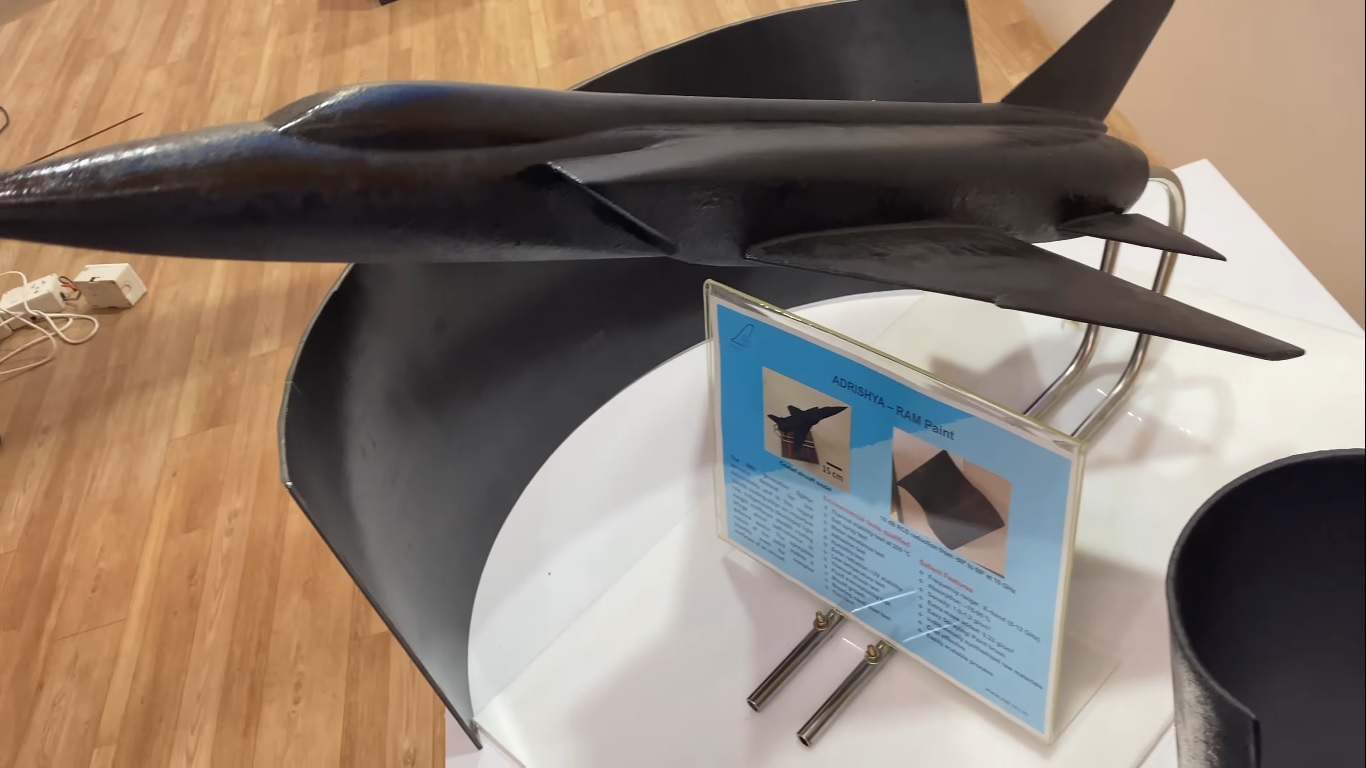

The Council of Scientific and Industrial Research – National Aerospace Laboratories (CSIR-NAL) has achieved a significant milestone in stealth technology with the development of two innovative radar-absorbing materials tailored for aerospace applications. These breakthroughs, named NiRaLa-Monolithic Radar Absorbing Laminate and ADRISHYA-RAM Paint, promise to enhance the stealth capabilities of aircraft, reducing their radar cross-section (RCS) and thus, their detectability by enemy radar systems.
NiRaLa, an acronym for “Nirantar Radar Absorbing Laminate”, represents a leap forward in the domain of radar-absorbing structures (RAS). This technology involves:
Continue readingSOURCE: AFI


In a recent development, Adani Defence has successfully recovered the Drishti 10 Unmanned Aerial Vehicle (UAV) which crashed off the coast of Porbandar, Gujarat, while undergoing pre-acceptance trials. According to sources from idrw.org, the incident occurred before the official handover to the customer, placing the responsibility for any losses or repair costs squarely on Adani Defence.
Since the crash happened during the pre-delivery phase, Adani Defence has taken full responsibility for the incident. This includes covering any repair costs or losses associated with the UAV, as the official handover to the customer had not yet occurred.
Continue readingSOURCE: AFI
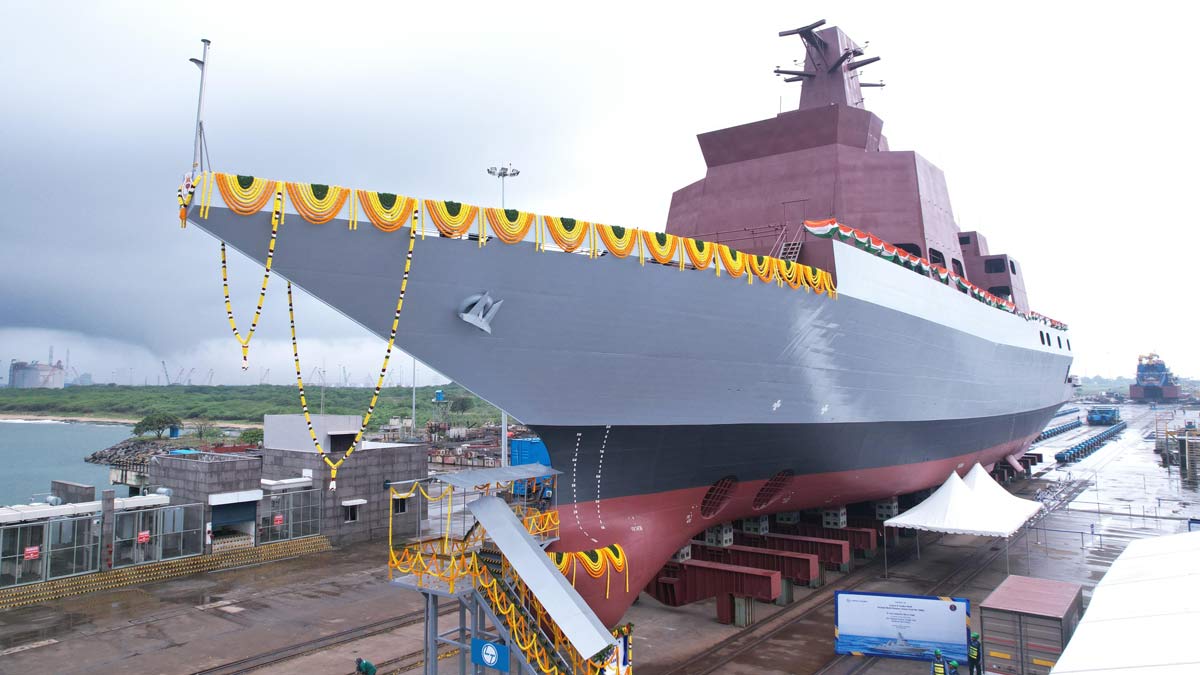

On Monday, the Indian Navy took a significant step forward in enhancing its maritime operations with the launch of the second Multi-Purpose Vessel (MPV), ‘Utkarsh’, from the Kattupalli Shipyard near Chennai. Built by L&T Shipbuilding Limited, Utkarsh, meaning ‘Superior in Conduct’, joins its sister ship, INS Samarthak, which was launched just three months prior, in bolstering the Navy’s versatility and operational scope.
The launch of INS Utkarsh comes within three months of the launch of the first MPV, INS Samarthak. Together, these vessels will significantly bolster the operational capabilities of the Indian Navy, particularly in areas requiring versatile and mission-critical support.
Continue readingSOURCE: AFI


In a significant move to uphold the integrity of India’s territorial representation, Google has blocked access to MAPS.Me, a popular offline maps application, within the country. The app, which boasts over 50 million downloads from the Google Play Store, was found to inaccurately depict the boundaries of India, particularly in the sensitive regions of Jammu & Kashmir and Ladakh.
The decision to block the app came after the Survey of India issued a notice in December to Google’s nodal officer, Priyadarshi Banerjee, under Section 79(3) (b) of the Information Technology Act, 2000. The notice highlighted that “It is evident that the subject map in the MAPS.Me app available at Google PlayStore depicts Indian map with erroneous external boundary of India which jeopardises the sovereignty and integrity of India.”
Continue readingSOURCE: RAUNAK KUNDE / NEWS BEAT / IDRW.ORG
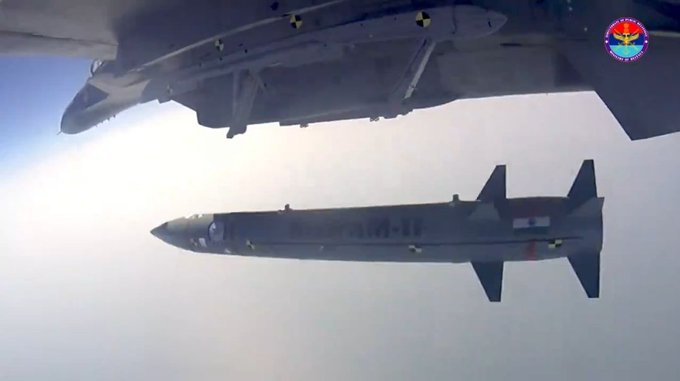

The Defence Research and Development Organisation (DRDO) is set to conduct additional trials of the Rudram-II air-to-ground missile in 2025, expanding its integration to include the Mirage-2000-5 fighter jet. The rocket, currently integrated only with the Su-30MKI, weighs 800 kilograms and carries a 200-kilogram warhead.
The Indian Air Force (IAF) is keen to broaden compatibility across its fleet, so DRDO, Hindustan Aeronautics Limited (HAL), and the Aircraft and Systems Testing Establishment (ASTE) are working in tandem to facilitate integration with the Mirage-2000-5.
Continue reading